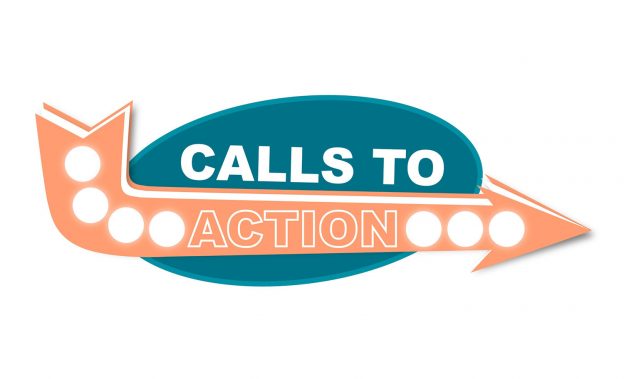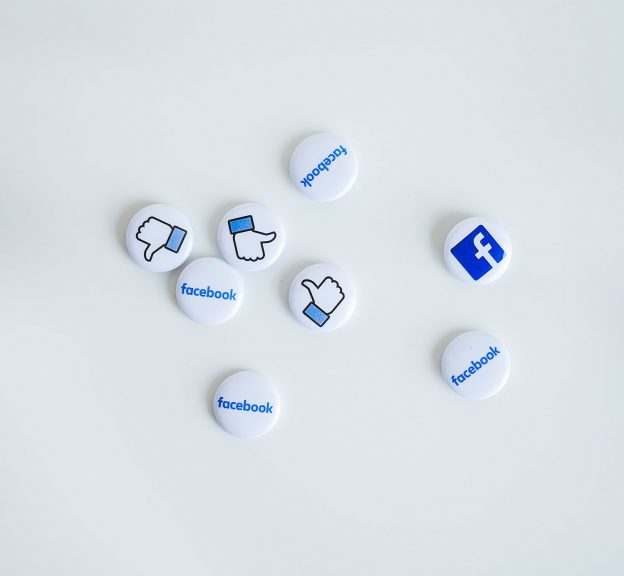Nowadays many small businesses forego a sales brochure. Your website provides all the information your customers need, so what's the point?
There are still lots of good reasons why your business needs a brochure. Many potential customers still like to have something tangible to take away with them, to use as a quick reminder of your products or service. A well produced brochure will help to reinforce the message that you provide a good quality service.
For example, a conference venue may leave a brochure with a potential customer after a venue show-round. Brochures also continue to be widely used by companies providing high value products such as cars.
Too many brochures, though, lack the visual impact or marketing message that will lead people to look twice. Our advice – if you're going to do it, do it properly and hire a professional. A brochure that you have mocked up in Word, littered with clip art and printed on your office printer simply won't reflect your business as a professional outfit.
We've come up with five things to consider when you're talking to your marketing agency about your new brochure:
1. Outline your brochure objectives
Ask yourself why you need a brochure. Then define your objectives – is it simply because your last brochure didn't work? Is it to promote a new product or service?
2. Define your target market
Who is the brochure for? Will it be used as a 'scatter-gun' mailout, or only distributed to warm leads? Are you targeting the budget holder/decision maker? When someone opens it, what will it say to them? It should be designed for that person, not for yourself.
3. Check out the competition
See what your competitors are doing. This can be tricky as you might not want to contact them for a brochure. Many companies upload their brochures to their website however, so you can do your research anonymously! See what works and what doesn't, and work out what elements you might need in your own brochure.
4. Make sure it fits with your brand
Brochure designs need to fit in with what you do as a business. For example, charities won't want to spend money on luxury brochures, whereas a new manufacturing product might need a brochure that looks amazing on an exhibition stand.
5. Don’t consider it permanent
A good brochure may only work for a few months before you want to change the offer or send a different message. Perhaps your business is seasonal – for example a chocolate retailer might have separate brochures for Easter, Christmas etc. Don’t think of your brochure as something you’ll distribute for years.
And here are five things your marketing agency should do:
6. Use a copywriter
Excellent copy is crucial to great brochure design, but is often the most undervalued element. Copy needs to be considered as part of the overall design. The messages should be clear and simple, and focused on providing a solution for your reader. The brochure doesn't need to include every piece of information in great detail, but should highlight the benefits of using your company. The reader should be interested enough to take further action. Finally, make sure it's proof-read as many times as possible – a mistake can't be corrected once the ink is on the paper!
7. Include calls to action
Your brochure should always include correct, legible contact information and a call to action. We’ve seen beautiful brochures that omit the company’s phone number, include it in tiny type or even get it wrong. Be sure to have a goal in mind for what you want readers to do. If you’d like them to visit your website, direct them there. If you’d prefer them to phone, say so.
8. Use great images
To make a brochure enjoyable to flick through, it needs good photos. Don't worry if your budget doesn't stretch to your own photoshoot – your agency can use stock images from an online image library like iStock or Fotolia. However, they should try to find pictures that don't look like they're stock images! Your agency should be using large, colourful photos. We see many brochures using lots of tiny images, or no images at all. Pictures should be relevant to the message – there's no need to include a photo of your office, for example, unless it’s to encourage potential customers to visit.
9. Invest in professional printing
Your marketing agency will deal directly with good printers. They may even be able to negotiate a cheaper price on your behalf. Printers can advise on the best and most cost-effective paper stock, and size of page. For example, A4 size is much more cost-effective than a non-standard square size. Heavyweight paper that feels substantial in the reader’s hands, and a nice finish can add to the good impression.
10. Don't cut corners
We might be biased but we would always recommend getting the help of a marketing agency skilled in brochure production and its component parts, such as graphic design and copywriting. You might save money by writing the words yourself, for example, or taking your own photos. But unless you are experienced this can be a false economy – there's no point investing in a brochure if it's not properly produced, as this could make your business look cheap and unprofessional.









